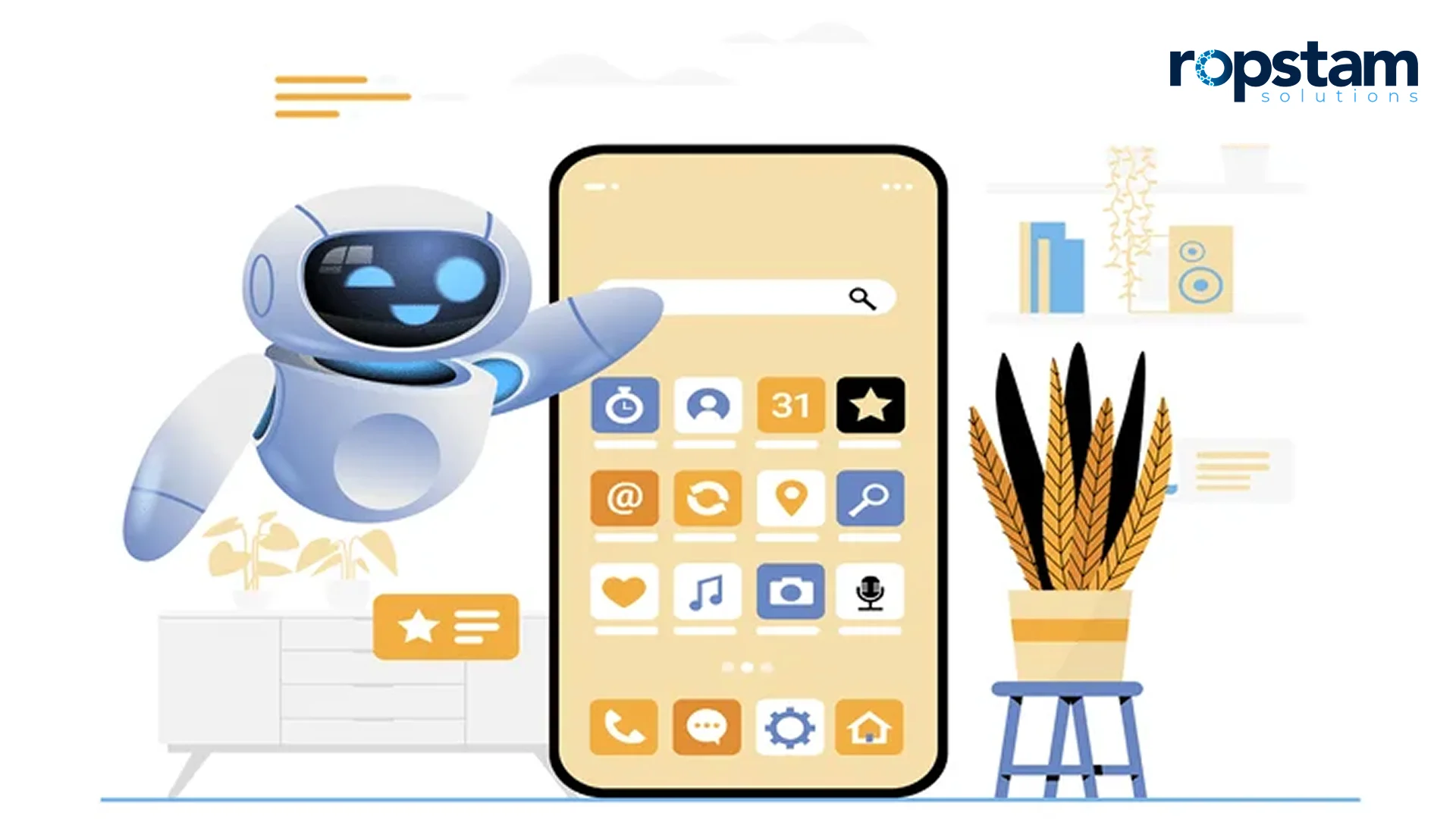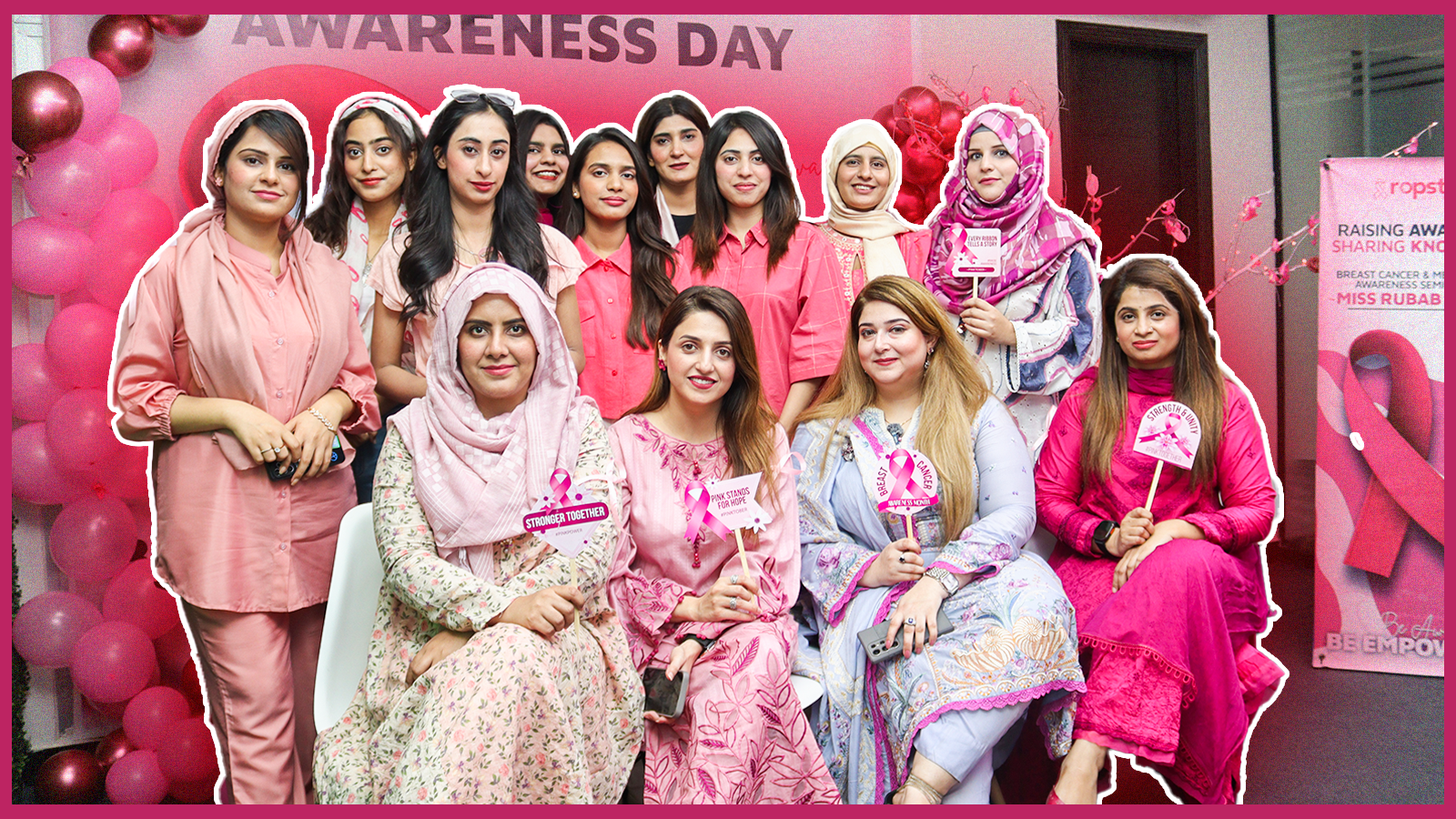Artificial Intelligence (AI) has dramatically transformed various industries, and UI/UX design stands at the forefront of this revolution. By seamlessly blending human creativity with AI’s remarkable analytical power, designers are now equipped with groundbreaking tools and insights that elevate user experiences to new heights. With the ability to automate mundane tasks, AI allows designers to dedicate their time to innovation and creativity. Additionally, AI’s capacity for crafting hyper-personalized designs means that every user interaction can be uniquely tailored, driving engagement and satisfaction. In this rapidly changing landscape, embracing AI is not just advantageous—it’s essential for creating outstanding UI/UX designs that resonate with users on a deeper level.
Relationship between AI and UI/UX Design
The relationship between Artificial Intelligence (AI) and User Interface/User Experience (UI/UX) design is an exciting partnership that seamlessly merges technological innovation with creative vision. At its essence, AI significantly enhances the mission of UI/UX design: to deliver intuitive, user-centered, and highly efficient digital experiences. This collaboration is not just advantageous; it’s transformative.
AI empowers UI/UX designers by providing powerful tools and insights that deepen their understanding of user behaviors and preferences. This allows designers to create interfaces that meet user needs and anticipate them, resulting in more personalized and engaging interactions. With AI’s ability to analyze user data and predict patterns, designers can optimize navigation, streamline processes, and refine visual elements—making digital environments more appealing and easier to use.
Moreover, AI-driven insights lead to continuous enhancements in design strategy. Design teams can make informed adjustments that elevate the overall experience by identifying how users interact with products. The partnership between AI and UI/UX design is not merely beneficial; it is essential for shaping the future of digital interactions, ensuring that technology evolves alongside human expectations and needs. Embracing this collaboration is key to creating impactful and memorable user experiences.
Data-Driven Design Decisions
AI harnesses the power of vast user data to deliver actionable insights that transform design processes. By analyzing user behavior, preferences, and pain points, AI effectively empowers designers to make well-informed decisions that significantly enhance usability. For instance, AI-generated heatmaps reveal critical areas of user interaction, enabling designers to optimize layouts and navigation flows. This targeted approach improves user experience and drives engagement and satisfaction, making it an indispensable tool for today’s designers.
Personalization at Scale
Personalization is a hallmark of effective UX, and AI excels at it. AI-driven systems tailor content, suggestions, and interfaces to individual needs by understanding user preferences and contexts. Platforms like Amazon and Spotify demonstrate this synergy by delivering personalized recommendations that boost engagement and satisfaction.
Automation and Efficiency
Repetitive tasks like resizing elements, creating layout variations, or running A/B tests can consume significant time in the design process. AI-powered tools automate these tasks, enabling designers to focus on strategic and creative aspects. This efficiency improves workflows and accelerates project timelines.
Predictive Analytics for Proactive Design
AI doesn’t just analyze past data—it predicts future trends and user behaviors. Predictive analytics empower designers to anticipate user needs and craft experiences that address them before issues arise. For example, e-commerce platforms use AI to foresee demand surges and adjust UI elements accordingly, ensuring seamless user interactions.
Accessibility and Inclusivity
AI enhances accessibility in digital design by offering adaptive solutions. Features like voice commands, real-time text-to-speech, and auto-generated captions cater to users with diverse needs. This inclusivity broadens the scope of UX design, ensuring products serve a wider audience.
Creative Exploration
By taking on complex technical tasks, AI empowers designers to unleash their creativity and explore groundbreaking ideas. Tools like Adobe Sensei and Figma’s AI features are essential allies, suggesting design elements, color schemes, and layouts that enhance the creative process. With AI as a supportive partner, designers can focus on innovation and elevate their work to new heights.
How AI can improve UI/UX Design
Artificial Intelligence (AI) is a game-changer in UI/UX design, offering tools and capabilities that elevate the user experience to new heights. By merging data-driven insights with advanced algorithms, AI streamlines processes and provides designers innovative solutions for crafting engaging user-centric designs. Here’s how AI significantly improves UI/UX design:
Personalized User Experiences
AI enables hyper-personalization by analyzing user behavior, preferences, and patterns. It customizes content, layouts, and interactions to align with individual needs. For instance, AI-driven recommendation engines on platforms like Netflix or Amazon suggest content and products tailored to each user, making the experience more relevant and satisfying.
Design Processes
With AI-powered tools, designers can automate repetitive tasks, like resizing images or creating responsive layouts, saving valuable time. Prototyping becomes faster and more efficient as AI tools like Figma’s AI integrations generate design variations in seconds. This acceleration allows designers to focus on creativity and innovation.
Prototyping and Iteration
AI tools analyze user feedback and usability data to provide actionable insights for prototypes. They can suggest improvements and predict outcomes, enabling designers to refine interfaces precisely. This iterative approach reduces the time to market while ensuring a high-quality user experience.
Predictive Analytics
AI’s ability to process and interpret vast amounts of data enables it to predict user needs and behaviors. Predictive analytics tools anticipate potential pain points or user frustrations, empowering designers to address these issues proactively. For example, e-commerce platforms use predictive models to suggest products users will likely purchase, creating a seamless shopping experience.
Accessibility Features
Incorporating AI into UI/UX design ensures inclusivity. AI-driven tools offer real-time captioning, screen readers, and adaptive layouts that cater to users with disabilities. Voice-command features powered by AI make interfaces accessible to a broader audience, fostering digital inclusivity.
Automated Usability Testing
Manual usability testing can be time-consuming and subjective. AI revolutionizes this process by analyzing user interactions in real-time and identifying usability flaws. Tools like Applitools or Maze provide designers with data-driven insights, enabling faster iterations and more effective designs.
Dynamic and Context-Aware Content
AI facilitates dynamic content delivery that adjusts based on user context, such as location, device, or time of day. This ensures that users receive a consistent and optimized experience across all touchpoints. For example, travel websites adapt search results and visuals based on the user’s location and preferences.
Natural Language Processing (NLP) Integration
NLP, a subset of AI, enhances conversational interfaces like chatbots and virtual assistants. By understanding and responding to user queries naturally, these interfaces improve user engagement and satisfaction. This is incredibly impactful in industries like customer support and healthcare, where quick, accurate responses are crucial.
Real-Time Problem Solving
AI-driven systems can analyze user interactions in real-time, flagging errors or inefficiencies as they occur. Designers can use these insights to optimize workflows and improve UI elements immediately, ensuring a smooth and uninterrupted user journey.
Final Thoughts
AI transforms UI/UX design by automating tasks, enhancing personalization, and driving innovation. While challenges like data privacy and bias exist, AI’s benefits in creating user-centric designs are undeniable. By embracing AI, designers can craft experiences that are functional, profoundly engaging, and intuitive. The synergy between AI and UI/UX design revolutionizes how digital experiences are conceived and delivered. By enhancing personalization, improving accessibility, and streamlining workflows, AI empowers designers to focus on creativity while providing exceptional user experiences. However, ethical considerations, such as data privacy and user consent, remain pivotal in responsibly harnessing AI’s full potential.













